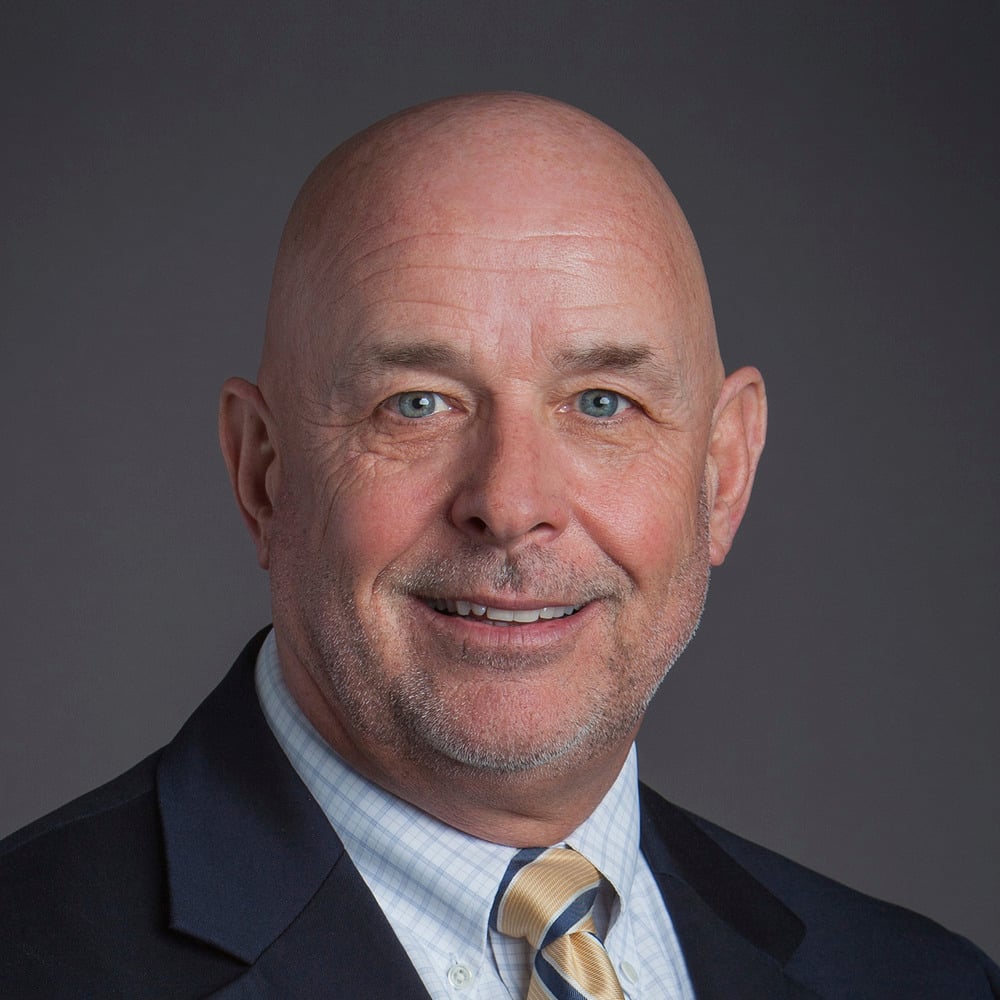
In the United States, so much rests on a complex and aging system of pipes, roads and grids — the economy, public safety and quality of life. Considering the threat of crumbling infrastructure, the list of what needs fixing seems endless, but there’s rarely enough money in the budget to cover it all. Funding challenges dominate the thoughts of water professionals. Aging infrastructure, the financing of renewal and/or replacement (R&R), and access to funding for R&R are the top three industry concerns, as stated in the 2019 State of the Water Industry Report from the American Water Works Association.
To a degree, every city or municipality is capable of generating funding through taxes, bonds and public-private partnerships. In fact, according to the Congressional Budget Office, state and local funding accounted for more than 75% of spending on water and transportation infrastructure in 2017.
But sometimes, those types of funding avenues aren’t an option, or supplementary funding is needed from additional sources. This is where federal grants and loans can be solution. The federal government is an active partner in building and maintaining water and wastewater infrastructure — and almost every type and size of project can qualify.
Federal funds support a wide range of projects, from replacing unlined canals to research projects for smart irrigation. And while some assume only large projects are eligible, funding is available for both smaller projects (below $200,000 in project construction costs) and for smaller communities (population of less than 10,000). Some of the most significant opportunities are listed below.

